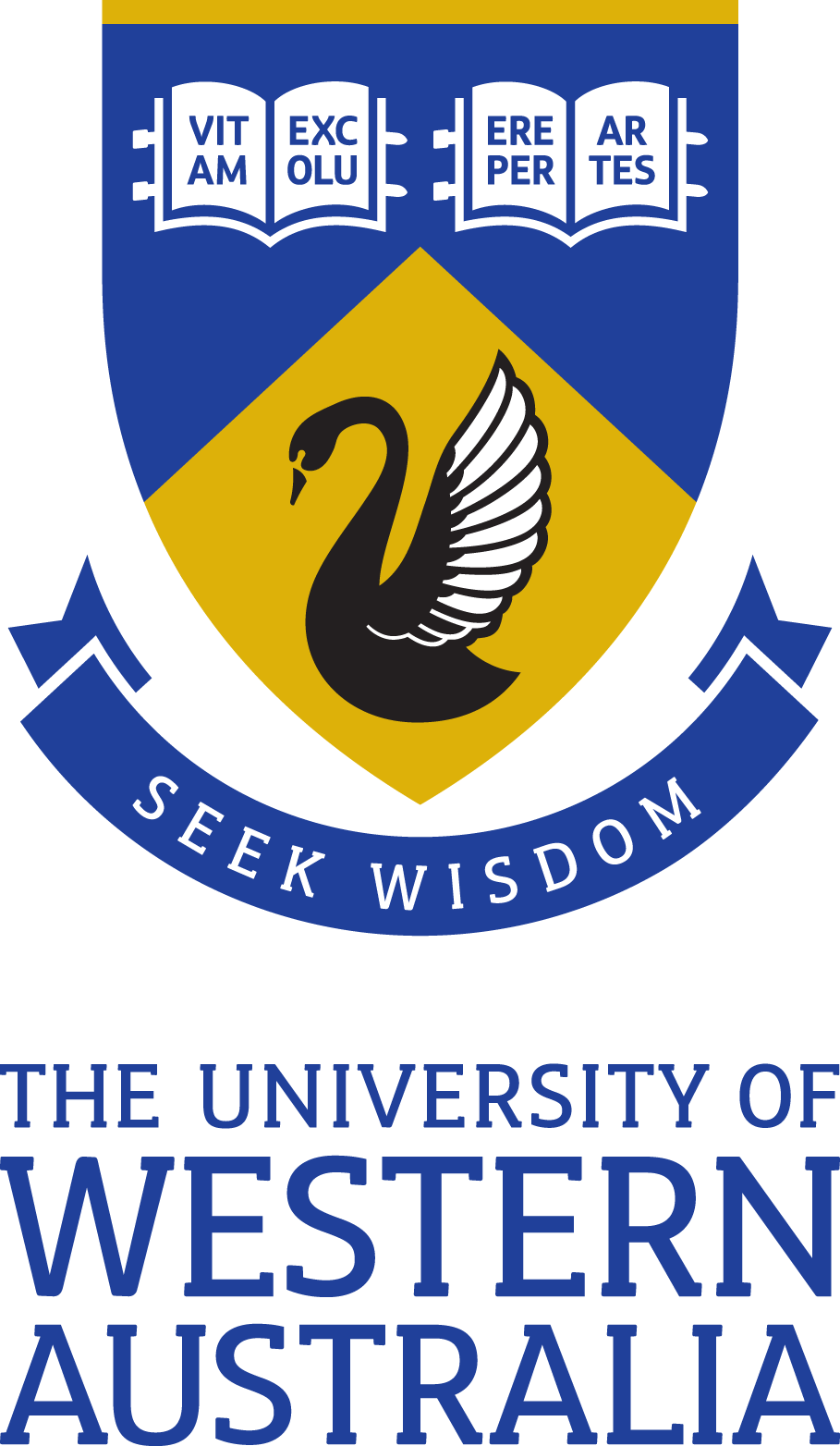Full description
When females mate with multiple males, they set the stage for post-copulatory sexual selection via sperm competition and/or cryptic female choice. Surprisingly little is known about the rates of multiple mating by females in the wild, despite the importance of this information in understanding the potential for post-copulatory sexual selection to drive the evolution of reproductive behavior, morphology, and physiology. Dung beetles in the genus Onthophagus have become a laboratory model for studying pre- and post-copulatory sexual selection, yet we still lack information about the reproductive behavior of female dung beetles in natural populations. Here, we develop microsatellite markers for Onthophagus taurus, and use them to genotype the offspring of wild-caught females, and to estimate natural rates of multiple mating and patterns of sperm utilization. We found that O. taurus females are highly polyandrous: 88% of females produced clutches sired by at least two males, and 5% produced clutches with as many as five sires. Several females (23%) produced clutches with significant paternity skew, indicating the potential for strong post-copulatory sexual selection in natural populations. There were also strong positive correlations between the number of offspring produced and both number of fathers and paternity skew, which suggests that females benefit from mating polyandrously by inciting post-copulatory mechanisms that bias paternity towards males that can sire more viable offspring. This study evaluates the fitness consequences of polyandry for an insect in the wild, and provides strong evidence that female dung beetles benefit from multiple mating under natural conditions.,Benefits of polyandry dataThis Excel file contains data on the 40 field-collected Onthophagus taurus females that were used to estimate rates of multiple mating and patterns of sperm utilization. Column descriptions: PW = prothorax width (in mm); Larvae = number of larvae produced by each female; Min_sires = minimum number of sires (based on GERUD); Standardized_skew = standardized paternity skew, calculated as: (Corrected paternity skew – minimum skew) / (Range); Skew_average = Average paternity skew based on the 50 most likely minimum father-solutions generated by GERUD; Corrected_skew = Average paternity skew corrected for sampling error; Corr_max_skew = Maximum possible value of skew for that female (given the observed number of fathers and clutch size), corrected for sample size Corr_min_skew = Minimum possible value of skew for that female (given the observed number of fathers and clutch size), corrected for sample size; Range = range of possible values of skew, calculated as: Corr_max_skew – Corr_min_skew; Columns M-R are used to manually calculate maximum possible value of skew for that female (given the observed number of fathers and clutch size); Columns S-X are used to manually calculate minimum possible value of skew for that female (given the observed number of fathers and clutch size)Benefits_of_polyandry_data.xlsxSimulations for corrected paternity skewThis file contains the R code for generating hypothetical clutches in order to test whether our estimates of paternity skew were significantly different from a null distribution in which males have equal siring probability (accounting for sampling error in the number of offspring and sires). The script also reports P-values and null estimates of skew for each of the females used in this study (excluding the five females that produced offspring from a single sire).,Issued: 2017-05-01
Subjects
Onthophagus taurus |
dung beetles |
micro satellites |
microsatellites |
paternity skew |
polyandry |
post-copulatory sexual selection |
User Contributed Tags
Login to tag this record with meaningful keywords to make it easier to discover
Identifiers
- DOI : 10.5061/DRYAD.2T53M

- global : 86e5ab1e-dd30-41e7-90ed-fca722abf76a


